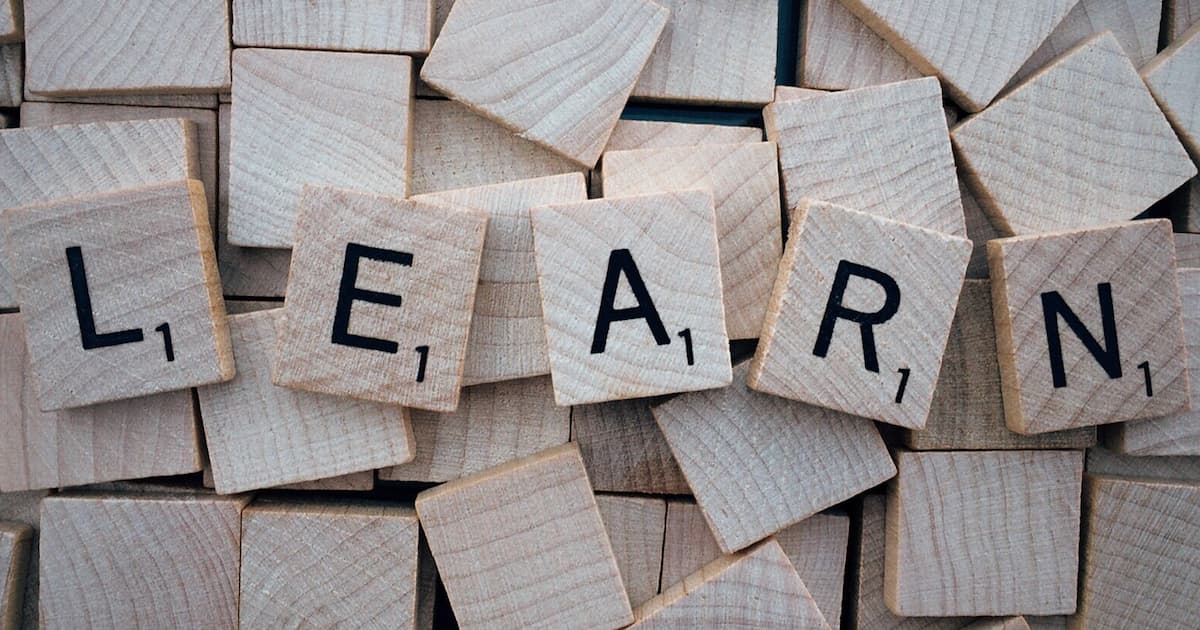The learning techniques are teaching methods and resources students use to understand and assimilate a certain knowledge, value, skill, or ability. In general, teachers and teachers use these techniques in the different teaching stages to bring students closer to certain content. These techniques are usually individual activities and group dynamics that contribute to student learning, such as elaborating conceptual maps, oral presentations, and debates.

In children and young people, learning techniques are usually applied at school (alone or accompanied by peers) or at home. Some techniques not only facilitate access to knowledge but also encourage the development of social skills.
There are various learning techniques for the stimulation of intelligence and learning. Many focus on analysis and experimentation rather than memorizing and repeating information. These tools will be more or less effective depending on each person since each has its own method and learning techniques.
Types of learning
Different types of learning vary from person to person. Each of these types uses different tools and techniques. They can be classified according to the sensory channel:
- Visual learning uses learning techniques that include pictures, charts, and graphs. Through them, the person visualizes concepts and understands them.
- Auditory learning uses auditory techniques such as debates, music, dictations, and videos. Through them, the person assimilates and remembers different concepts and contents.
- Kinesthetic learning uses techniques that include interaction between students. In this type of learning, people perceive and assimilate information through the body, interaction, and experimentation.
Examples of learning techniques
- Dialogue or debate are learning techniques used to obtain individual or team opinions. The debate encourages the exchange of opinions and concepts. Likewise, the knowledge of the whole group is enriched. It is important to create an environment for dialogue in which all opinions are included.
- Brainstorming is one of the most used creative techniques. A word, phrase, or image is used as a trigger for elaborating new ideas. It is often possible to present two words that do not have any link in common to work from them.
- Dramatization is used to understand social situations. The purpose of the dramatization technique is to strengthen ties with peers, foster empathy and solidarity, and work on developing logical responses and motor functions.
- The expository technique consists of the oral presentation of a specific topic. This technique aims for the student to understand a certain topic so that he can expose it in front of his classmates. Encourages the learning of oratory techniques.
- Conceptual map drawing is a technique that uses conceptual maps, organization charts, or synoptic charts are made to assimilate the keywords or main concepts of a given topic.
- Research work. An initial hypothesis or question is proposed, theoretical information is sought, or experimentation is conducted to test whether the hypothesis is verified.
- Drawing techniques stimulate the right hemisphere, responsible for the images and people’s creativity.
- Comparative tables are used when two or more theories are opposed. The table shows different variables to be analyzed. With this technique, concepts and definitions are visually fixed.
- Timelines. A technique used to facilitate the notion of time and to be able to remember important dates and events visually and to be able to establish relationships between them.
- The case study focuses on studying a specific case (in the social field of law) so that certain knowledge can be understood and recorded by analyzing a particular situation.
